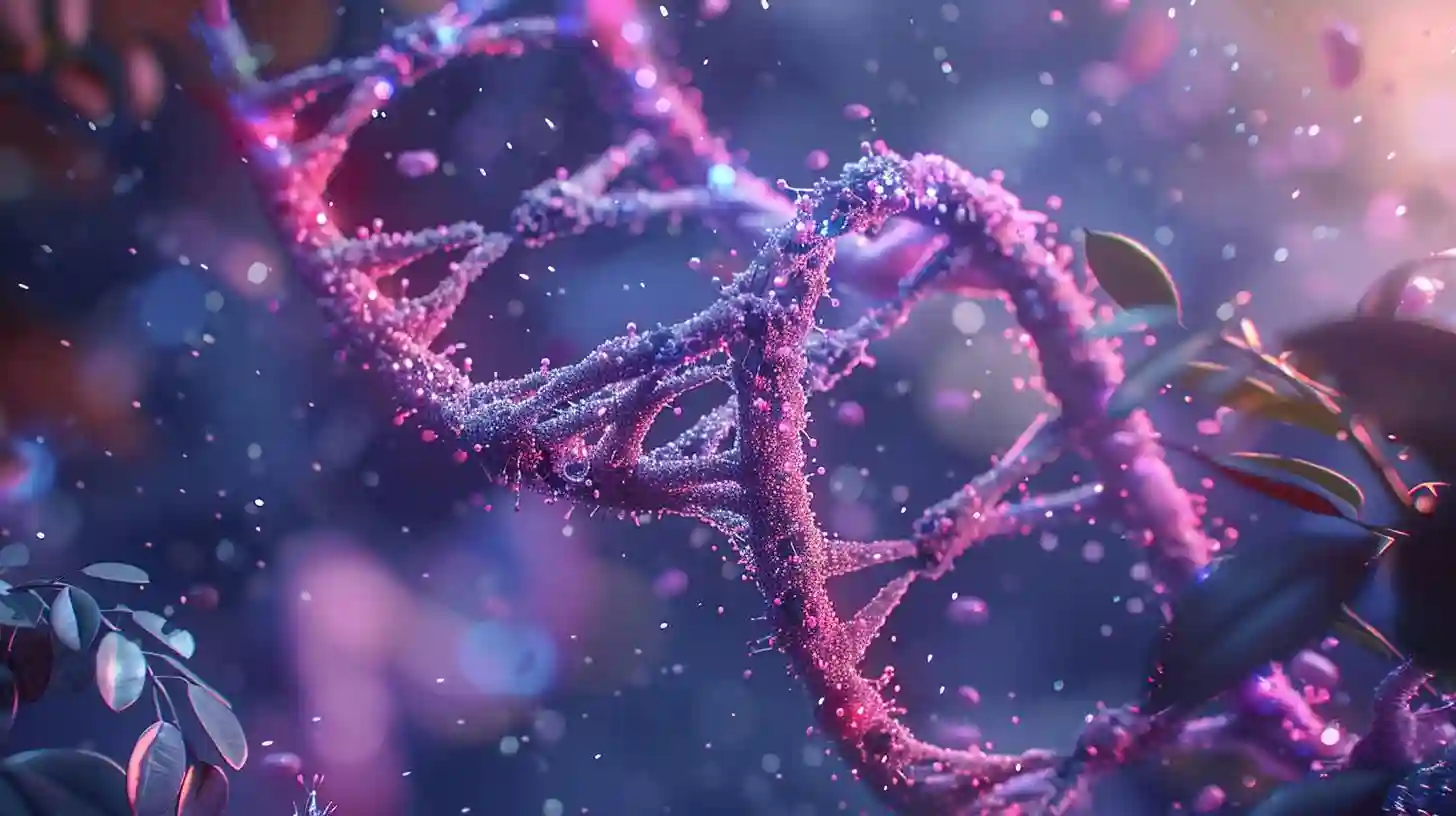
The DNA double helix structure is perhaps one of the most famous and iconic images in the field of genetics and molecular biology. It was first described by James Watson and Francis Crick in 1953 and has since become a fundamental concept in understanding how genetic information is stored and transmitted in living organisms.
At its core, a DNA double helix is a complex molecule made up of two long chains of nucleotides twisted around each other to form a helical structure. These nucleotide chains are made up of four different nitrogenous bases: adenine (A), thymine (T), guanine (G) and cytosine (C). These bases are located in specific sequences along the DNA molecule, and it is the order of these bases that determines the genetic information encoded in the DNA.
The two strands of the DNA double helix are held together by hydrogen bonds between the nitrogenous bases. Adenine always pairs with thymine, and guanine always pairs with cytosine. This complementary base pair is essential for the stability and integrity of the DNA molecule, as well as for accurate replication and transmission of genetic information during cell division.
The structure of the DNA double helix is further stabilized by interactions between the sugar-phosphate backbones of the nucleotide chains. The sugar-phosphate backbone of each chain runs along the outside of the helix, forming a strong framework that helps protect the nitrogenous bases from damage and degradation.
One of the key features of the DNA double helix is its ability to unwind and separate into two separate strands. This process, known as DNA denaturation, is essential for a variety of cellular processes, including DNA replication, transcription, and recombination. For example, during DNA replication, the double helix must first unwind to allow the enzyme DNA polymerase to access and copy the genetic information contained in the DNA molecule.
Another important aspect of the DNA double helix is its flexibility and adaptability. The structure of the helix can change and be modified in response to external stimuli, such as changes in temperature, pH, or the presence of certain chemicals. These structural changes can affect the stability and function of the DNA molecule and have important consequences for gene expression and cellular function.
In addition to its role in storing and transmitting genetic information, the DNA double helix also plays a critical role in packaging and organizing genetic material within the cell. In eukaryotic cells, DNA is tightly wound around histone proteins, forming a complex structure known as chromatin. This chromatin structure helps compact and condense the DNA molecule, allowing it to fit into the confined space of the cell's nucleus.
Overall, the structure of the DNA double helix is a remarkable example of the elegance and sophistication of nature's design. It is a complex and highly organized molecule that serves as the basis for all living organisms, guiding the development, growth and functioning of cells and tissues. By understanding the structure and function of the DNA double helix, scientists have been able to unravel many of the mysteries of genetics and biology, paving the way for revolutionary discoveries and advances in medicine, agriculture and biotechnology.
The double helix structure of DNA is a fundamental and essential component of life on Earth. It is a miracle of nature's ingenuity, serving as the basis for the storage, transmission and expression of genetic information in all living organisms. With its complex and elegant design, the DNA double helix embodies the complexity and beauty of the natural world, providing insight into the mechanisms and processes that govern the diversity and unity of life. As we continue to explore and unravel the mysteries of the DNA double helix, we are sure to discover even more wonders and possibilities that will shape our understanding of genetics and biology for generations to come.